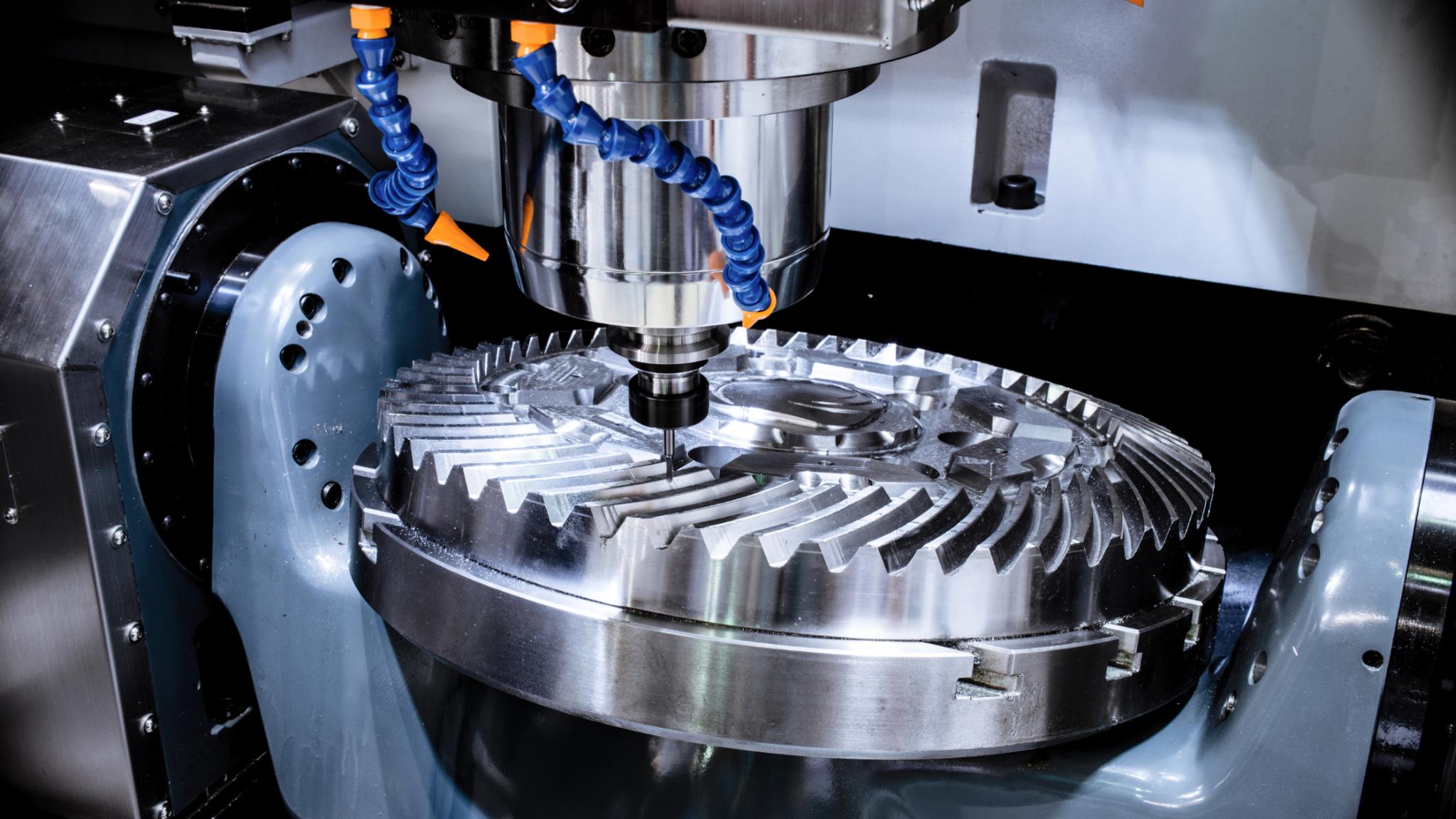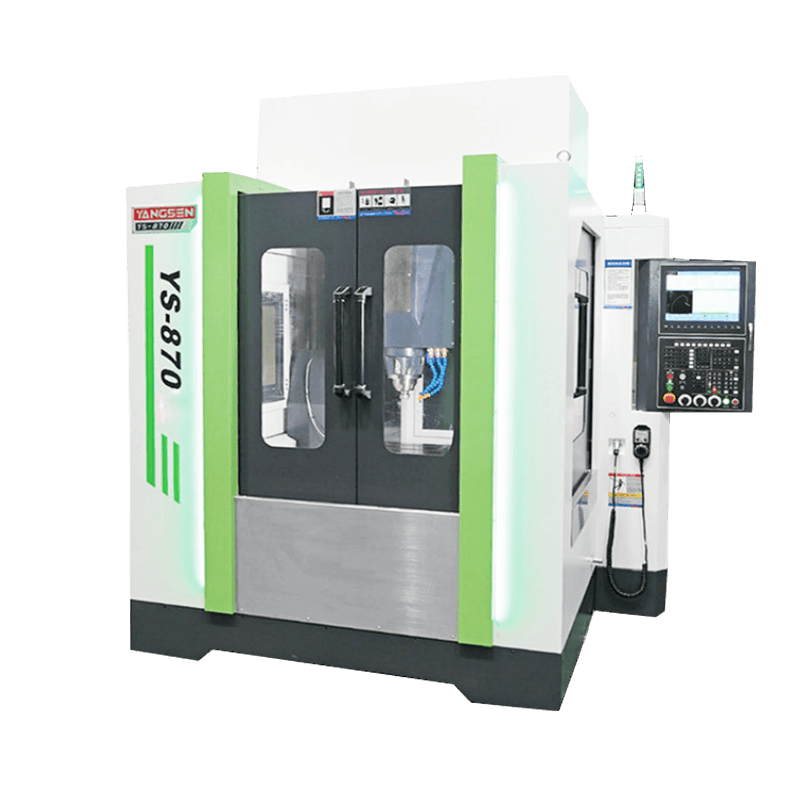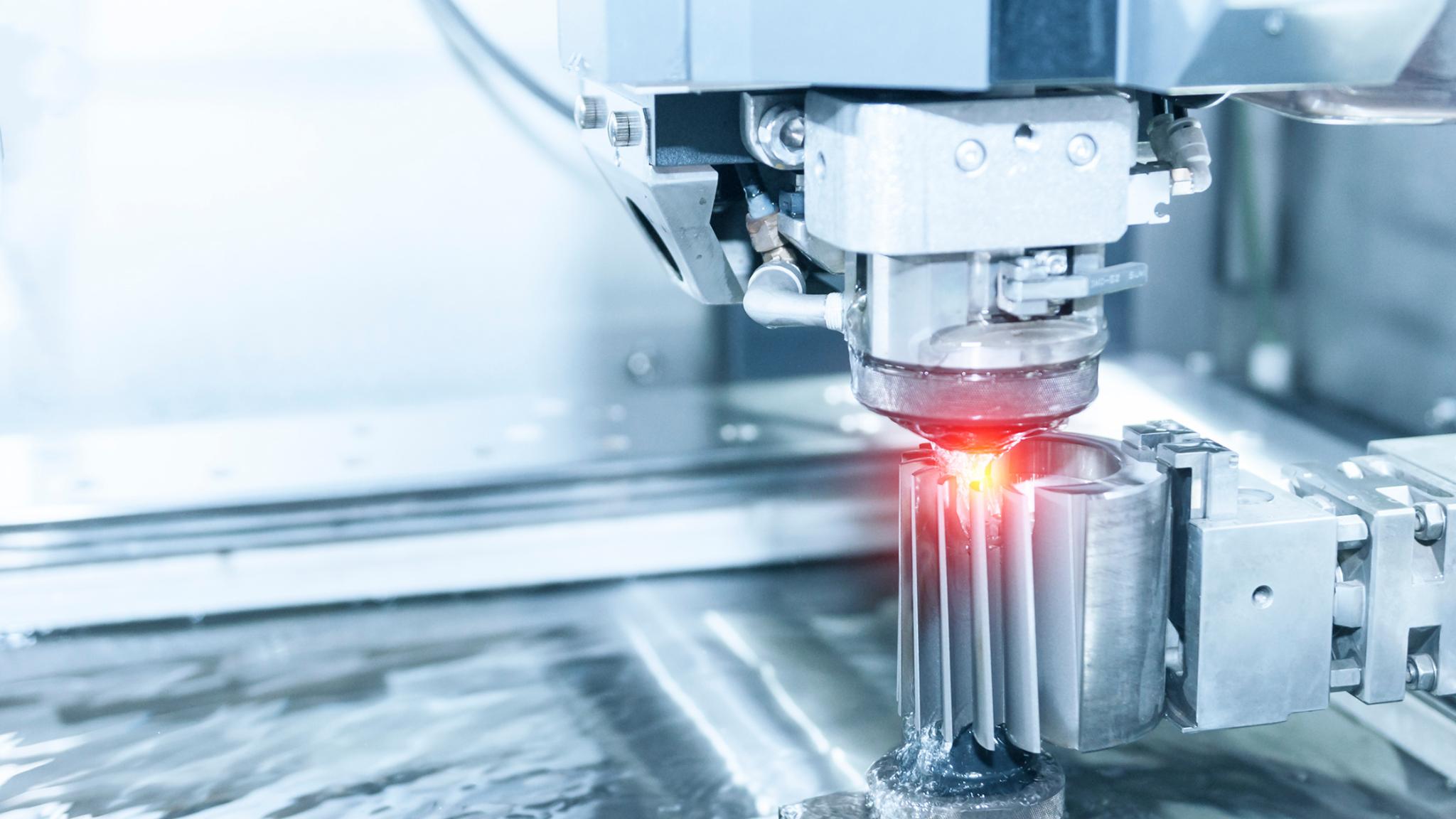The industrial revolution in the 20th century was what changed the manufacturing industry altogether. However, the advancements didn’t stop afterward, and the humans of that era were bound to see more wonders of technology, including computers, robots, and a lot more.
In the 1940s and 1950s, Numerical Control was a technology that became known with the automation of machine tools. The foundation of numerical control automation was the control, precision, and movement of machine tools in an automatic way through numbers or symbols coded on punched paper tape or storage medium.
CNC is the modern form of numerical control in which computer software and programs are used to automate the machines and manufacturing methods. In today’s article, we will discuss what CNC stands for in manufacturing and how CNC machines bring convenience to the manufacturing industry across the globe.
So let’s get into it.

CNC stands for Computer Numerical Control, the outcome of the advancement in numerical control automation that used punched tapes for numerical control. In CNC, digital computers are used to automate manufacturing by employing specialized coding language and sophisticated pre-programmed software. The software helps to control the movement of production equipment resulting in different manufacturing processes done swiftly and with high precision.
Computer numerical control manufacturing is a subtractive manufacturing process in which the parts of a workpiece are subtracted to give it a custom design or shape. It’s the opposite of the additive manufacturing process like 3D printing, where layer by layer is added to form a final customized design of an object.
In short, Computerized Numerical Control is the evolution of Numerical Control Manufacturing from mechanically assisted manufacturing to computer-assisted manufacturing. It wouldn’t be wrong if we said that CNC machines work like robots.
We will further talk about CNC in the manufacturing industry and what it does for the manufacturing processes.
As discussed earlier, CNC stands for Computerized Numerical Control, and its meaning doesn’t change for the manufacturing industry. However, the applications and uses of CNC machining in manufacturing will need further elaboration and explanation.
CNC itself is just a technology that came into existence through continuous advancement in manual and mechanically controlled manufacturing tools and machinery. This technology uses pre-programmed computer software to control the movement and operations of manufacturing tools and machines. The applications of computerized numerical control programs are common in different manufacturing industries ranging from mills to lathes, grinders to CNC routers, and a lot more.
We can summarize the concept of CNC in manufacturing in the following words:
Numerically controlled mechanical machinery and tools helped to alleviate the limitations of manual control. Similarly, the advent of semiconductors and diodes resulted in more efficient computers with sophisticated programs and software.
Therefore, CNC came in to overcome the limitations of mechanically controlled automation, where more skillful and qualified machinists were required to operate the manufacturing machines and tools. However, the foundation of numerical control is still employed in the CNC processes.

CNC machining is a general term used for manufacturing processes that employ computerized numerical control through pre-programmed computer software. Any manufacturing process that employs CNC machines comes under the category of CNC machining.
As mentioned, CNC machining is a subtractive manufacturing process that employs cutting tools and machinery. In subtractive manufacturing, the cutting tools and machinery would remove the unessential materials and create the desired part or design of the workpiece. It is the opposite of 3D printing, which is an additive manufacturing process.
CNC machining centers work in a certain way that starts from designing and creating Computer Aided Design model of the chosen part of any workpiece. The next step is to convert the CAD model details into a CNC program. Afterward, the CNC program is integrated with the CNC machine and run to perform required machining operations for desirable outcomes.
Therefore, we can conclude that the second most important thing in CNC machining after CNC technology is the CNC machine that will perform the operations. CNC machines are an advanced form of manual machines. CNC machines are also referred to as CNC machining centers or just machining centers.
These machines do not require highly skilled and expert machinists for precise operations. Instead, the precision and speed of these machines are higher due to the pre-programmed and carefully designed software.
Workpiece is the term used for the object that is being used in manufacturing.

We have given you a quick overview of CNC machining in the manufacturing processes. However, let’s closely understand how CNC machining work in manufacturing.
Step 1: The first step of any manufacturing process is visualization of the outcome. Similarly, CNC machining also requires visualization of the workpiece. Unlike additive manufacturing, subtractive manufacturing removes the unnecessary parts of a workpiece to turn it into a visualized workpiece. Therefore, the first step is very important: engineers will draw a CAD model of the part they want to manufacture with CNC machines.
Step 2: The CAD drawing is converted into G-code, the programming language for CNC. The history of G-code is yet another story to tell.
The G-code was the name given to the instructional codes used in punch tape cards when numerical control programs were common in the manufacturing industry. The main reason to call the instructional language G-code is due to the company that developed it. Gerber Scientific Instruments was the company behind the development of G-code hence giving it the name.
Step 3: The next step is to load the G-code program into the machine control unit(MCU) and run a test without the raw element. This test aims to ensure that the machine’s positioning and performance are accurate for the actual process. Testing is also important because the precision of position is necessary for CNC machining to avoid damage or impairment of the machine during actual operation.
Step 4: Finally, the raw element that must be converted into the CAD model drawing is placed within the manufacturing machinery. The program is run, and you will get the desired outcome.
Before we talk about why CNC machining centers are necessary for the manufacturing industry and why it’s a more convenient option than manual machining, it’s important to briefly overview the common types of CNC machine operations used in different manufacturing sectors.
So here are the most popular CNC operations used in commercial machinery:
In CNC drilling, the CNC machining center uses multi-point drill bits to make cylindrical holes in the raw element/workpiece. The rotating drill bit is fed perpendicularly to the raw element’s surface resulting in the vertical holes having an equal diameter as of the drill bit. The CNC drilling can also be performed with angular operations by employing specialized machine configurations.
Simply put, the drilling operations are used to make round holes in stationary workpieces through a rotating cutting tool. The common application of CNC drilling is for the accommodation of screws, nails, and bolts used in the assembly processes of different materials.
CNC milling machines use milling operations that are similar to that of CNC drilling or cutting. However, the main application of CNC milling is cutting a range of materials to turn them into custom-designed parts with high precision. In CNC milling, the workpiece remains stationary, and a spinning cutting tool is employed for operations. Therefore, there are two further operations in CNC milling: face and peripheral.

Finally, CNC turning is the operation in which the raw element or workpiece keeps rotating, and the stationery cutting tools are employed in the machinery. The cutting tool remains stationary and converts the rotating workpiece into desired output with very high efficiency and precision. However, the working principle behind the milling and turning is the same as both processes remove the parts of the workpiece to give it the desired shape or design.
Besides the popular operations of computerized numerical control programs, some other operations are as follows:
● Broaching –Selective removal of material from the workpiece using a broach that pushes or pulls against the workpiece surface and leaves a hole behind
● Grinding –removing small amounts of materials from a workpiece by using high-speed abrasive wheels as the cutting tool in machinery that perform operations by rotating in its place.
● Sawing cuts a narrow slit in a workpiece by employing moving abrasive or toothed cutting tools against the workpiece surface.
● Lapping – CNC machining employs lapping operation when obtaining accurate flat surfaces of workpieces is the objective.
● Honing –CNC honing operations allow you to achieve a better surface finish and tighter tolerance.
The applications of CNC machining are widespread around the world and in different manufacturing processes. The most common applications of CNC machining centers are as follows:
● CNC Mills
● Lathes
● Routers
● Plasma Cutters, Laser, and Water jet cutters
● Electric Discharge Machine
● CNC Fabrication machines
● Foam cutters
● Embroidery machines
● Pattern cutters
● Pottery printers
● Food makers
Let’s talk about the most important part of this article how CNC machining is bringing convenience and advantages to the manufacturing industry across the world:

The most obvious advantage of using CNC machining centers in different manufacturing processes is the accuracy and high precision of the workpieces manufactured by the machine. The sophisticated programs and software working behind operations minimize the chances of human error and inaccurate outcomes.
The pre-programmed software working behind the operations of the CNC machines makes them safer to use. The machines operating with closed safety doors pose no hazards for the operator; that might be the case for manual machines.
One of the reasons why the manufacturing industry needs to employ CNC machining centers is the speeding requirements for different processes. The CNC machines reduce the manual setup time and do not need manual tool changeover, saving time for the whole process.
When you have to get complicated designs as an outcome, the manual machines with levers, saws, etc., and the human labor might not give the best outcome. The outcome is wonderful and flawlessly accurate when you employ pre-programmed software with your exact requirements.
The manufacturing industry must also look at the overall higher efficiency of computerized numerical control machines. These machines can work 24 hours a day with lower scrape rate for the high-demand products. Not only this, these machines do not need a large number of manual laborers resulting in cost-effectiveness as well.
The CNC machines and operations can work well with several material types ranging from wood to glass, metals to alloys, and a lot more.
Everything about CNC is not good, and this automation has certain challenges or downsides that must be addressed. Here are a few points that need to be assessed and fixed:
CNC machining centers, whether CNC milling machines, lathes, or embroidery machines, are super expensive. Therefore, the commercial manufacturers of this technology need to work on relevant areas to improve the machines’ cost-effectiveness.
Besides, the installation of these machines is complex and requires the machinists to be well-trained for proper operations. If the manufacturing industry stakeholders overcome these challenges, CNC technology is going to make a big difference in the industry.
In conclusion, the benefits of CNC machining outweigh its adoption challenges. It implies the need for wide adoption of the technology in relevant manufacturing industries. Therefore, the industry stakeholders must take steps in the right direction to overcome the challenges and take benefit from CNC technology.
CNC stands for Computerized Numerical Control.
CNC machining uses sophisticated software and programs to operate manufacturing machinery and tools. On the other hand, manual machines require manual laborers to operate the levers, wheels, buttons, etc. The speed, precision, and accuracy of the CNC machines are also higher than the manual machining processes.
There is a difference between CNC milling and CNC turning machines. Both manufacturing techniques come under the category of subtractive manufacturing. However, they differ in the ways how the workpiece and machine operate. As mentioned, in CNC milling machines, the cutting tool will rotate, and the raw element doesn’t move. On the other hand, the workpiece is rotated in turning operations.